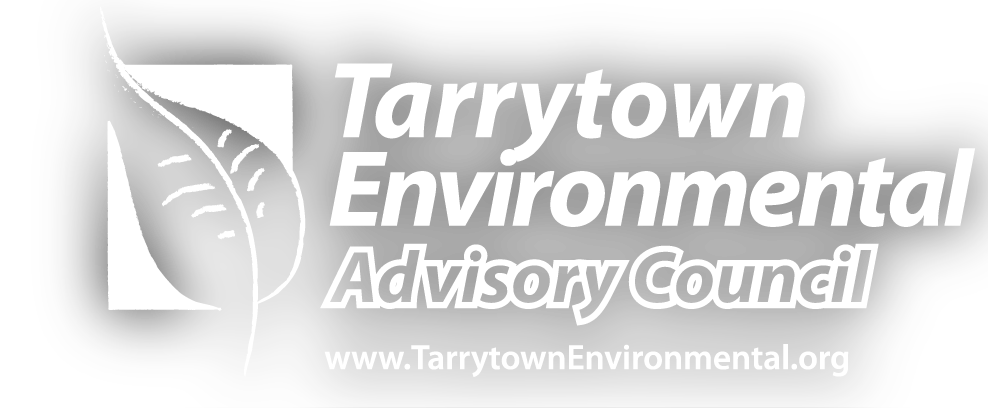PARADISE,Calif. — The long, laborious process of returning Paradise and neighboring towns to a safe state will begin next month when crews in masks, Tyvek suits and booties begin combing through every last property in this town that was decimated by wildfire. Their targets are things like burned bottles of bleach, melted cans of paint, and corroded car batteries, which will be tagged and removed.
Next, they will test the surrounding soil and, if needed, scrape away layers to get to clean earth, free from oil and gasoline. “You’d be surprised how much of that stuff survives a fire,” said Adam W. Palmer, an environmental scientist with the California Department of Toxic Substances Control who is helping lead the cleanup.
In the charred footprint of each home in Paradise lurks an invisible and dangerous legacy of the Camp Fire: toxic chemicals released by the blaze. There may be radioactive isotopes from burned-up antique crockware, cupboards of incinerated household cleaners, and asbestos from old siding. Heavy metals, chemicals and biological contaminants left behind demand a cleanup of extraordinary scale, before any permanent return to Paradise is safe, according to the department.
Contamination has slowed recovery. Huddled in messy shelters at local fairgrounds, or holed up in motels, thousands of residents are anxious to start sifting through what is left of their town, but officials say they cannot fully reopen until the areas are made safer.
Hazardous material removal teams will begin the process of clearing out the most dangerous toxic materials on Monday.
Even then, it will take time until the area is deemed safe. (NYT)
